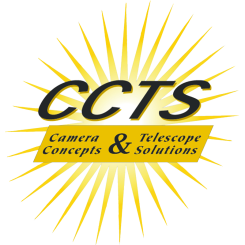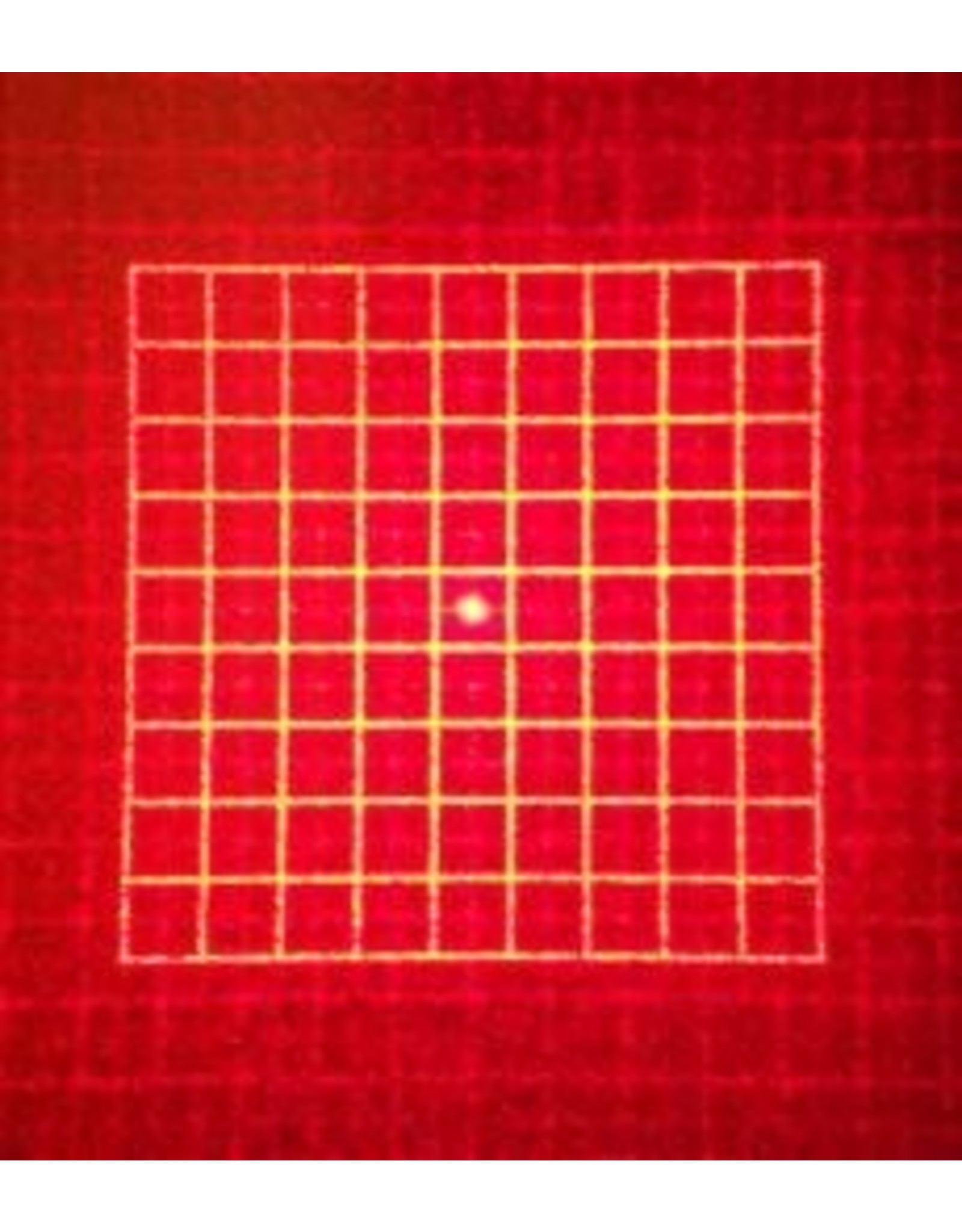Howie Glatter Holographic Grid Attachment for Collimator
| Article number: | SI-HOLA-Square |
| Availability: | In stock |
| Delivery time: | In Stock |
* Removable diffractive optical element for use in Glatter Holographic Collimators.
* The Howie Glatter Holographic Attachment covers a wider angle (21 degrees) than any other holographic collimator.
* Ten line by ten line grid standard pattern, enclosing eighty-one smaller squares.
Three Holographic attachments are available for Howie Glatter lasers. (Price listed is for EACH of these attachments)
These optional holographic attachments screw into the laser aperture and have a white screen front surface. They contain an optical element that diffracts most of the laser light into a diverging symmetrical pattern around the central beam. The projected pattern is useful for centering optical elements by making it symmetrical with the edge of the optic.
Three different patterns are available:
- The most versatile pattern is a 10x10 line square grid pattern of illuminated lines. It covers a wider angular range (21 degrees) than any other holographic collimator, which allows direct centering of f/ 2.7 to f/ 35 optics. This pattern is recommended for general use because it can be used with the fastest telescopes likely to be encountered. A rectilinear grid pattern gives the highest accuracy and sensitivity for centering circular optics of arbitrary size.
- A nine-concentric circle pattern is available that spans 10 degrees and will reach to the edge of f/ 5.7 optics. This pattern is recommended for scopes around this focal ratio or slower. Because the laser light is spread over a smaller area it is brighter than the square grid pattern, and this makes it particularly useful with Cassegrain scopes, where the pattern impact is sometimes scrutinized on the mirror surfaces. The projected pattern is seen only by light that is scattered from dust, dirt, or optical roughness, so a brighter pattern is better, especially if the mirrors are very clean.
- A cross-hair and circle “scope” pattern is available that spans 10 degrees. It has utility for non-Barlowed, conventional Newtonian primary collimation, where the primary is adjusted to return the reflected central laser beam back into the laser aperture of the collimator. The cross-hair intersection makes it easier to see when the return beam is centered on the collimator face.






